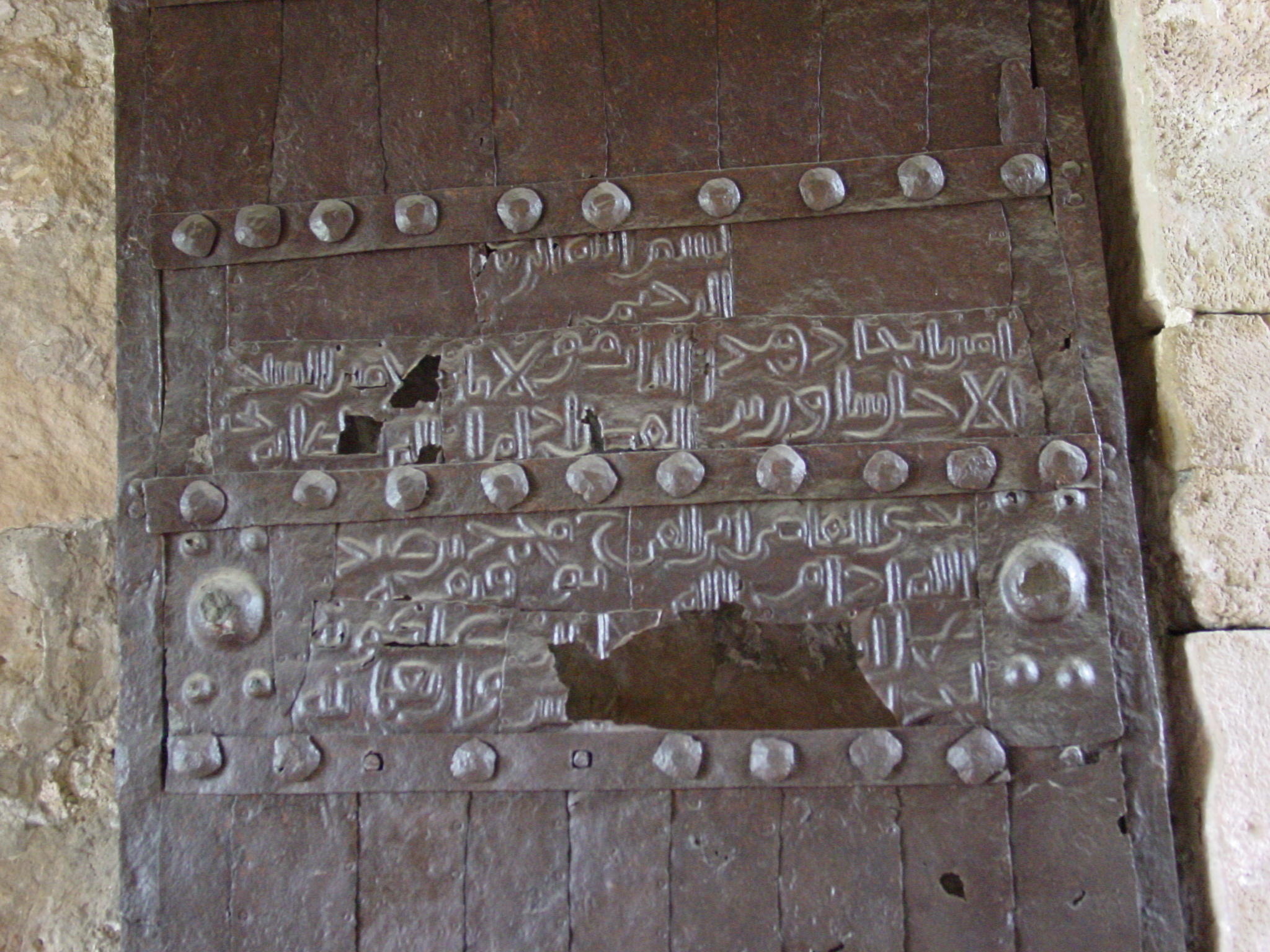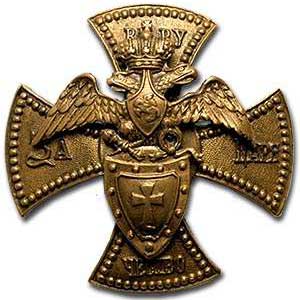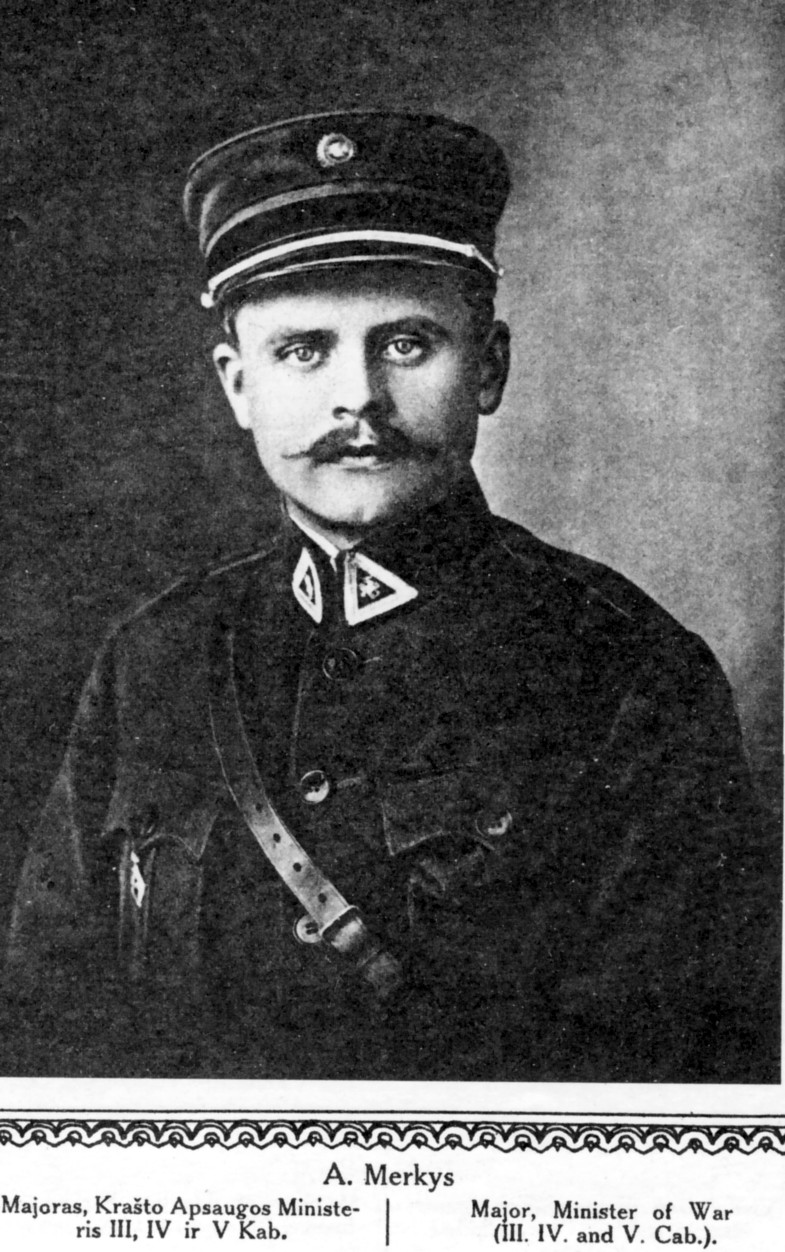|
Konstantinas Kleščinskis
Konstantinas Kleščinskis (russian: Константин Карлович Клещинский, ; 1879–1927) was a military officer who served in the Imperial Russian Army, Polish Army and Lithuanian Armed Forces. A graduate of the Nicholas General Staff Academy, he fought in the Russo-Japanese War and World War I. He was taken prisoner by the Germans after the fall of Novogeorgievsk in August 1915. After his release, he briefly served in the Polish Army before joining the Lithuanian Army in May 1919. He fought in the Lithuanian–Soviet War and was the Chief of the General Staff of the Lithuanian Army from August 1920 to April 1921. After retirement from active duty, he was recruited by the NKVD to spy for the Soviet Union. He was found guilty of espionage and executed by Lithuania on 1 June 1927. Biography Russian Imperial Army Kleščinskis was born in Elisabethpol (now Ganja, Azerbaijan) into a family of Lithuanian roots. He studied at the St. Petersburg University but ... [...More Info...] [...Related Items...] OR: [Wikipedia] [Google] [Baidu] |
Ganja, Azerbaijan
Ganja (; az, Gəncə ) is Azerbaijan's third largest city, with a population of around 335,600.Azərbaycan Respublikası. — 2. Azərbaycan Respublikasının iqtisadi və inzibati rayonları. — 2.4. Azərbaycan Respublikasının iqtisadi və inzibati rayonlarının ərazisi, əhalisinin sayı və sıxlığı, səhifə 66. /Azərbaycanın əhalisi (statistik bülleten) Müəllifi: State Statistics Committee, Azərbaycan Respublikasının Dövlət Statistika Komitəsi. Buraxılışa məsul şəxs: Rza Allahverdiyev. Bakı — 2015, 134 səhifə. The city has been a historic and cultural center throughout most of its existence. It was the capital of the Ganja Khanate until 1804; after Qajar Iran ceded it to the Russian Empire following the Treaty of Gulistan in 1813, it became part of the administrative divisions of the Georgia Governorate, Georgia-Imeretia Governorate, Tiflis Governorate, and Elizavetpol Governorate. Following the dissolution of the Russian Empire and the Transc ... [...More Info...] [...Related Items...] OR: [Wikipedia] [Google] [Baidu] |
Volhynian Life Guards Regiment
The Volinsky Lifeguard Regiment (russian: Волынский лейб-гвардии полк), more correctly translated as the Volhynian Life-Guards Regiment, was a Russian Imperial Guard infantry regiment. Created out of a single battalion of Finnish Guard Regiment in 1817, the regiment took part in the Polish-Russian War of 1830–1831, the Crimean War, the January Uprising of 1863 and the First World War. History Unlike many older units of Imperial Russian Army, the Volinsky Regiment was neither attached to or originated from the land of Volhynia after which it was named. Instead, it traces its roots to a single Imperial Militia Battalion formed by Duke Constantine Pavlovich of Russia in Strelna on 12 December 1806 ( Old Style). In the spring of the following year it took part in the Battle of Guttstadt-Deppen of the War of the Fourth Coalition. In 1807 it took part in the Battle of Friedland and in January of the following year was renamed to His Majesty's Guards Mil ... [...More Info...] [...Related Items...] OR: [Wikipedia] [Google] [Baidu] |
General Staff
A military staff or general staff (also referred to as army staff, navy staff, or air staff within the individual services) is a group of officers, enlisted and civilian staff who serve the commander of a division or other large military unit in their command and control role through planning, analysis, and information gathering, as well as by relaying, coordinating, and supervising the execution of their plans and orders, especially in case of multiple simultaneous and rapidly changing complex operations. They are organised into functional groups such as administration, logistics, operations, intelligence, training, etc. They provide multi-directional flow of information between a commanding officer, subordinate military units and other stakeholders.PK Mallick, 2011Staff System in the Indian Army: Time for Change Centre for Land Warfare Studies, New Delhi, vol 31. A centralised general staff results in tighter top-down control but requires larger staff at headquarters (HQ) ... [...More Info...] [...Related Items...] OR: [Wikipedia] [Google] [Baidu] |
Staff College
Staff colleges (also command and staff colleges and War colleges) train military officers in the administrative, military staff and policy aspects of their profession. It is usual for such training to occur at several levels in a career. For example, an officer may be sent to various staff courses: as a captain they may be sent to a single service command and staff school to prepare for company command and equivalent staff posts; as a major to a single or joint service college to prepare for battalion command and equivalent staff posts; and as a colonel or brigadier to a higher staff college to prepare for brigade and division command and equivalent postings. The success of staff colleges spawned, in the mid-twentieth century, a civilian imitation in what are called administrative staff colleges. These institutions apply some of the principles of the education of the military colleges to the executive development of managers from both the public and private sectors of the econom ... [...More Info...] [...Related Items...] OR: [Wikipedia] [Google] [Baidu] |
Minister Of Defence Of Lithuania
The Ministry of National Defence of the Republic of Lithuania ( lt, Lietuvos Respublikos krašto apsaugos ministerija) was established in 1990. Its mission, according to its website, consists of: "Implementation of joint policy with NATO, cooperation with foreign countries in defence sector, representation of Lithuania by coordination of international humanitarian law, management of national defence and security financial resources, army provision with armament, equipment and other resources, implementation of personnel management policy, preparation of military reserve, administration of compulsory military draft, preparation of society for civil resistance, planning national mobilisation." Ministers References External links * Lithuania National Defence National security, or national defence, is the security and Defence (military), defence of a sovereign state, including its Citizenship, citizens, economy, and institutions, which is regarded as a duty of gover ... [...More Info...] [...Related Items...] OR: [Wikipedia] [Google] [Baidu] |
Antanas Merkys
Antanas Merkys (; 1 February 1887 – 5 March 1955) was the last Prime Minister of independent Lithuania, serving from November 1939 to June 1940. When the Soviet Union presented an ultimatum to Lithuania demanding that it accept a Soviet garrison, President Antanas Smetona fled the country leaving Merkys as acting president. Merkys ostensibly cooperated with the Soviets, and illegally took over the presidency in his own right. After three days, Merkys handed power to Justas Paleckis, who formed the People's Government of Lithuania. When Merkys attempted to flee the country, he was captured and deported to the interior of Russia, where he died in 1955. Biography Merkys was born at Bajorai, near Skapiškis. Educated in law, he served in the Russian Army during World War I (1914–18). In 1919, he served as the newly independent Lithuania's Minister of Defence before serving with the Lithuanian Army until his decommissioning in 1922. He then practised as a lawyer. After the ... [...More Info...] [...Related Items...] OR: [Wikipedia] [Google] [Baidu] |
Helsinki
Helsinki ( or ; ; sv, Helsingfors, ) is the Capital city, capital, primate city, primate, and List of cities and towns in Finland, most populous city of Finland. Located on the shore of the Gulf of Finland, it is the seat of the region of Uusimaa in southern Finland, and has a population of . The Helsinki urban area, city's urban area has a population of , making it by far the List of urban areas in Finland by population, most populous urban area in Finland as well as the country's most important center for politics, education, finance, culture, and research; while Tampere in the Pirkanmaa region, located to the north from Helsinki, is the second largest urban area in Finland. Helsinki is located north of Tallinn, Estonia, east of Stockholm, Sweden, and west of Saint Petersburg, Russia. It has History of Helsinki, close historical ties with these three cities. Together with the cities of Espoo, Vantaa, and Kauniainen (and surrounding commuter towns, including the eastern ... [...More Info...] [...Related Items...] OR: [Wikipedia] [Google] [Baidu] |
Nikolai Yudenich
Nikolai Nikolayevich Yudenich ( – 5 October 1933) was a commander of the Russian Imperial Army during World War I. He was a leader of the anti-communist White movement in Northwestern Russia during the Civil War. Biography Early life Yudenich was born in Moscow, where his father was a minor court official. Yudenich graduated from the Alexandrovsky Military College in 1881 and the General Staff Academy in 1887. He first served with the Life Guards Regiment in Lithuania from November 1889 to December 1890. In January 1892, he was transferred to the Turkestan Military District, and was promoted to lieutenant colonel in April 1892. He was a member of the Pamir Expedition in 1894, and was promoted to colonel in 1896. From September 20, 1900 Yudenich served on the staff of the 1st Turkestan Rifle Brigade. In 1902, Yudenich was appointed commander of the 18th Infantry Regiment, which he continued to command during the Russo-Japanese War The Russo-Japanese War ( ja, 日� ... [...More Info...] [...Related Items...] OR: [Wikipedia] [Google] [Baidu] |
Northwestern Army (Russia)
The Northwestern Army was a White Army that operated in the Pskov Governorate, Saint Petersburg Governorate, Estonia and Latvia during the Russian Civil War from 1919 to 1920. History The origin of the Northwest Army was the plan to create an army by a group of reactionary Petrograd officers in the summer of 1918, in the territory controlled by Germany and with German support to confront the Bolsheviks. By October 10, 1918, a force of some 6,000 troops was created in the city of Pskov, which was called the Northern Corps. A quarter of them were officers of the former Tsarist army, and the rest was made up of local recruits, escaped Petrograd officers and prisoners of war released by the Germans. The military supplies promised by the Germans didn't materialize and the ''Northern Corps'' had to retreat abruptly into Estonia at the end of November 1918. The Estonian Government, faced with a Bolshevik advance, accepted to take the White force into its territory and supply it, in exc ... [...More Info...] [...Related Items...] OR: [Wikipedia] [Google] [Baidu] |
Polish General Staff
Polish General Staff, formally known as the General Staff of the Polish Armed Forces (Polish: ''Sztab Generalny Wojska Polskiego'') is the highest professional body within the Polish Armed Forces. Organizationally, it is an integral part of the Ministry of National Defence and the Chief of the General Staff is the highest ranking military officer at the Ministry. It was created in 1918, and for a time bore the name Main Staff (''Sztab Główny''). Currently the position of Chief of the General Staff of the Polish Armed Forces (''Szef Sztabu Generalnego Wojska Polskiego'') is General Rajmund Andrzejczak, since 2 July 2018. History and structure On 25 October 1918, a decision was made to establish the directorate of the chief of staff of the Polish Army. In 1928 the General Headquarters of the Polish Army was established, known commonly at the time as the Main Staff (''Sztab Główny''). In September 1939, during the Invasion of Poland by the Wehrmacht and the Red Army, all the instit ... [...More Info...] [...Related Items...] OR: [Wikipedia] [Google] [Baidu] |
34th Army Corps (Russian Empire)
The 34th Army Corps was an Army corps in the Imperial Russian Army. Part of * 10th Army: 1915 * 2nd Army: 1915 *1st Army: 1915 - 1916 * 4th Army: 1916 * Russian Special Army: 1916 - 1917 * 7th Army: 1917 Commanders *January 22-July 2, 1917: Pavlo Skoropadskyi Pavlo Petrovych Skoropadskyi ( uk, Павло Петрович Скоропадський, Pavlo Petrovych Skoropadskyi; – 26 April 1945) was a Ukrainian aristocrat, military and state leader, decorated Imperial Russian Army and Ukrainian Army ... Reference {{Russian Empire Ground Forces Corps of the Russian Empire ... [...More Info...] [...Related Items...] OR: [Wikipedia] [Google] [Baidu] |
4th Siberian Army Corps
The 4th Siberian Army Corps was an Army corps in the Imperial Russian Army. Composition 1905: * 2nd Siberian Rifle Division * 3rd Siberian Rifle Division 1914: *9th Siberian Rifle Division *10th Siberian Rifle Division Part of * 1st Manchurian Army: 1904–1906 * 12th Army: 1915 * 2nd Army: 1915–1916 * 3rd Army: 1916 * 8th Army: 1916 * 6th Army: 1916–1917 Commanders *1904–1905: Nikolai Zarubaev *1912–1913: Arkady Nikanorovich Nishenkov Arkady Nikanorovich Nishchenkov (6 March 1855 – February 1940 (russian: Аркадий Никанорович Нищенков) was an Imperial Russian general of the artillery and corps commander. He fought in the wars against the Ottoman Empi ... *1913–1915: Sergey Sergeevich Savvich *1915: Sychyovsky *1915–1917: Otto Leonidas Sirelius *1917: Sokolov {{Russian Empire Ground Forces Corps of the Russian Empire ... [...More Info...] [...Related Items...] OR: [Wikipedia] [Google] [Baidu] |



